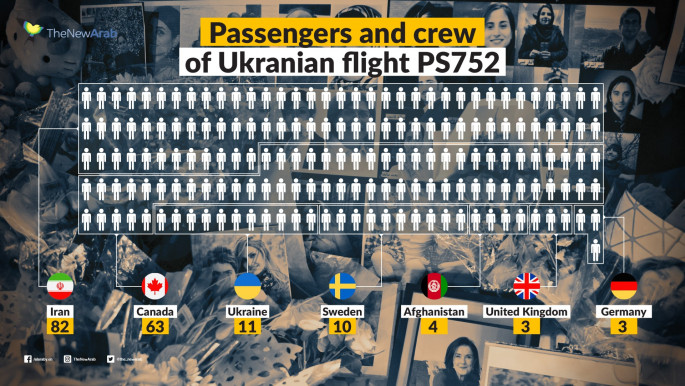Thousands of Iranian government loyalists take to the streets to celebrate Islamic Revolution anniversary
Iranians are taking to the streets of Tehran and other cities and towns across the country on Tuesday for rallies and nationwide celebrations marking the anniversary of the 1979 Revolution, even as tensions with the US simmer over the killing of commander Qassem Soleimani.
Rallies are taking place in more than 5,000 cities, towns and districts across the country, according to state media despite heavy snowfall in areas.
In the capital of Tehran Iranians will march from 12 different neighbourhoods toward the central Tehran Freedom Square, where President Hassan Rouhani is set to address the crowds.
This year's anniversary celebrations come amid unprecedented bitterness between Tehran and Washington.
Tensions have spiked since President Donald Trump withdrew the US from Iran’s nuclear deal with world powers in May 2018.
Last month America launched a drone strike that killed Iranian Revolutionary Guard Corps general Qassem Soleimani in Baghdad.
Iran retaliated with a ballistic missile attack targeting Iraqi military bases housing US troops, injuring over 100 and, in newly released information, giving those soldiers brain injuries.
Read More: Why Turkey wants to avoid taking sides in the US-Iran standoff
"As of today,109 US service members have been diagnosed with mild traumatic brain injury, or mTBI, an increase of 45 since the previous report," the Pentagon had said in a statement earlier this week.
However, public anger is also rising among this nation of 80 million people, especially after Iranian forces accidentally shot down a Ukrainian jetliner after take off from Tehran last month, killing all 176 people on board.
The Iranian government denied for days that a missile strike downed the plane before admitting to it amid Western pressure.
The anniversary comes some ten days before parliamentary elections in Iran that are expected to gauge the popularity of Hassan Rouhani.
 |
Iran's Islamic Revolution began with widespread unrest over the rule of Shah Mohammad Reza Pahlavi. The shah, fatally and secretly ill with cancer, fled Iran in January 1979.
Ayatollah Ruhollah Khomeini then returned from exile and the government fell 11 February 1979, after days of mass demonstrations and confrontations between protesters and security forces.
Iran later would vote to become an Islamic Republic, a Shiite theocracy with Khomeini as its first supreme leader with final say over all matters of state.
The US eventually allowed the shah to enter the country to receive cancer treatment in New York.
Anger over this decision in Iran would later spark the takeover of the US embassy in Tehran by student militants and the subsequent hostage crisis, which kindled decades of enmity.





 Follow the Middle East's top stories in English at The New Arab on Google News
Follow the Middle East's top stories in English at The New Arab on Google News

![Israeli forces ordered bombed Gaza's Jabalia, ordering residents to leave [Getty]](/sites/default/files/styles/image_330x185/public/2176418030.jpeg?h=a5f2f23a&itok=_YGZaP1z)
